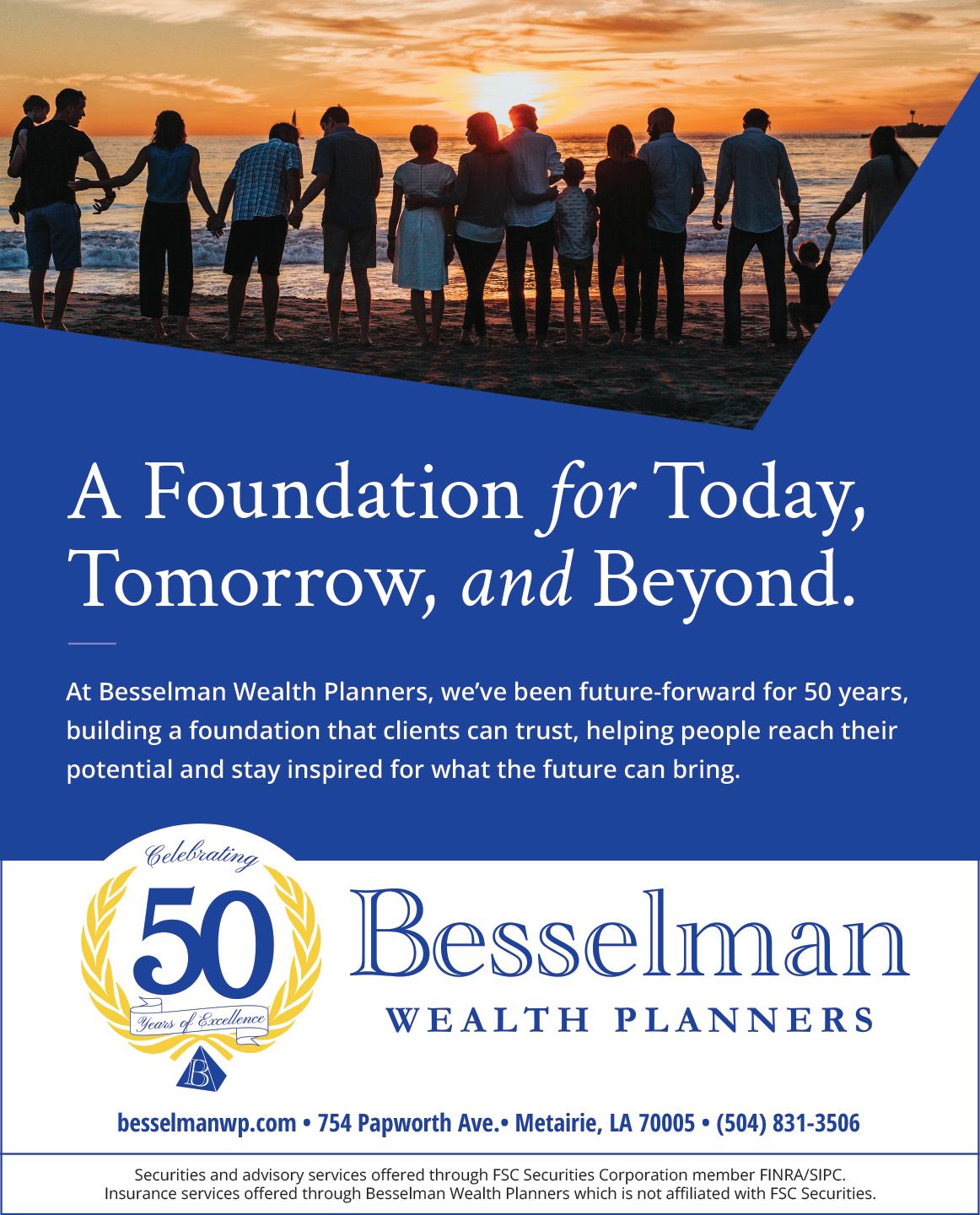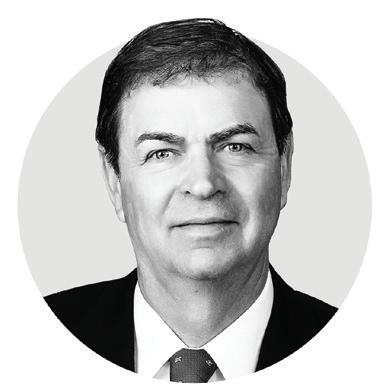
2 minute read
What Happens to a Bank in a Natural Disaster?
BY DREW HAWKINS
At the end of last year, the Federal Reserve announced that six of the country’s largest banks — JPMorgan Chase, Bank of America, Citi, Wells Fargo, Goldman Sachs and Morgan Stanley — would participate in a “pilot climate scenario analysis” designed to test the resilience of banks in a variety of potential climate change outcomes. As natural disasters like severe hurricanes, wildfires, and droughts become more intense and common, The U.S. central bank is looking for data on how these businesses are prepared for the risks posed by global warming.
This climate analysis is different than the usual “stress tests” the Fed periodically conducts to determine whether banks have enough capital to cover losses associated with major economic shocks, like a recession. Here, the analysis doesn’t have any implications or penalties for the banks, it’s just to explore the possibilities.

However, given that climate change has also become a political issue, the pilot climate scenarios represent a big move into contested territory, with some members of Congress, mostly Republicans, pushing back against the Fed potentially making climate-related policies. Some local banks have also expressed concern about the future implications of the analysis.
“One of the problems with big bank tests is anything that regulators do to the big banks, they ultimately push down to the community banks,” said Guy Williams, CEO of Gulf Coast Bank and Trust. “And they always start by saying, ‘This doesn’t apply to you.’ But then it becomes a best practice. And then in the examinations, they start saying, ‘Well, why aren’t you doing this? It’s a best practice.’”
Williams fears regulations arising from the climate scenario analysis could impact people who live in areas at greater risk of the effects of climate change — namely, coastal Louisiana. “If the regulators push the big banks away from investing in any of the coastal parishes, ultimately, they’ll do the same to us,” he said. “And that would be very dangerous for South Louisiana.”
It’s normal for the Fed and financial institutions to evaluate and form strategic plans, Williams said, and while he “appreciates the Fed’s help,” he doesn’t think analysis will discover anything that local banks in South Louisiana don’t already know.

“Community banks already have a lot of experience in dealing with climate change, and we call it preparing for hurricanes,” Williams said. “We know how to do resilience. We know how to do disaster recovery. And we encourage our customers to consider those things as well when they build new buildings, to build them to current hurricane standards.”
Still, any new regulations that might arise from the analysis are far from the minds of local bankers, who have far more pressing and immediate concerns.
“We’re a community bank serving small businesses, so we’re really focused on their needs and the risks associated with them,” said John Zollinger, executive vice president and chief banking officer at Home Bank. “I’m much more concerned about inflation, workforce, all those kinds of things, because it affects me today, and it is affecting our clients greatly.”
Still, Zollinger is paying attention to the Fed’s pilot climate scenario analysis to see what rules will be handed down.
“If they start requiring us to do more in this space,” he said, “then we’ll be doing it.”T
JOHN ZOLLINGER Executive Vice President and Chief Banking Officer Home Bank
Existential risks are things that are going to affect everybody and anybody. Those are the kinds of things that get baked into what we do in general, not what we do for you as a business owner trying to make sure that you have your business properly financed, your capital structured on the right thing, that you’re optimizing what you do. That’s where we come into play as financial advisors.
GUY WILLIAMS CEO Gulf Coast Bank and Trust
I think you have to look at the intersection of science and politics. There are people that politically would like to say just no more building on the coast, no more building in flood-prone areas. I’m a little apprehensive that they’re not actually going to learn anything new, but that this is an attempt to push people away from investing in areas where people want to live.









